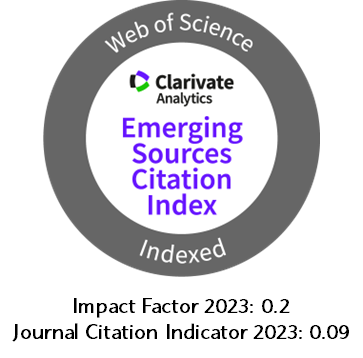Routing cross-docking depots, considering the time windows and pricing routes (case study: container transportation of Chabahar port)
DOI:
https://doi.org/10.5377/nexo.v33i02.10780Keywords:
Cross-Docking Center, Routing, Multi-Product, Time Windows, Pricing, Supply ChainAbstract
In this study, we develop a model for routing cross-docking centers considering time windows and pricing routs. In this model picking and delivery in several times is permitted and each knot can be serviced by more than one vehicle. Every truck can transport one or more product, in other words, we consider compatibility between product and vehicle. This model includes two goals: reducing the total cost and reducing the cost of carrying goods (freight fare). The total cost includes the cost required to traverse between the points, the cost of traversing the routes between the central cross-docking center and the first points after moving, and the cost to traverse the routes between the last points in each route and the depots that must be minimized. In general, the purpose of the model is to obtain the number of cross-docking center, the number of vehicles and the best route in the distribution network. We present a nonlinear programming model for this problem. We have solved the proposed model by GAMS. As the dimensions of the problem increase, the implementation time of the program increases progressively. So, in order to solve the model in medium and large scales, we proposed a genetic meta-heuristic algorithm. The results of examining different issues by the meta-heuristic approach show the very high efficiency of the developed algorithms in terms of the solution time and the answer of the problem.
Downloads
656
Downloads
Published
How to Cite
Issue
Section
License
The authors who publish in Nexo Scientific Journal agree to the following terms:
- Authors retain the copyright and grant the journal the right of the first publication under the license Creative Commons Attribution License, which allows others to share the work with a recognition of the authorship of the work and the initial publication in Nexo Scientific Journal.
- Authors may separately establish additional agreements for the non-exclusive distribution of the version of the work published in the journal (for example, in an institutional repository or a book), with the recognition of the initial publication in Nexo Scientific Journal.
- Authors are allowed and encouraged to disseminate their works electronically (for example, in institutional repositories or in their own website) before and during the submission process, as it can lead to productive exchanges, as well as earlier and greater citation of published works.










